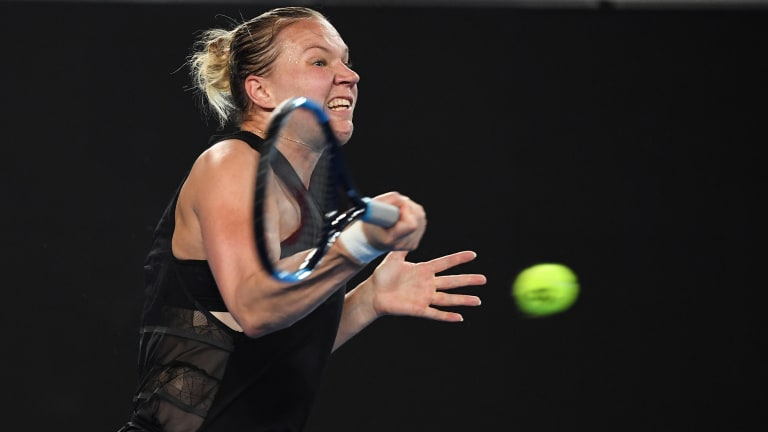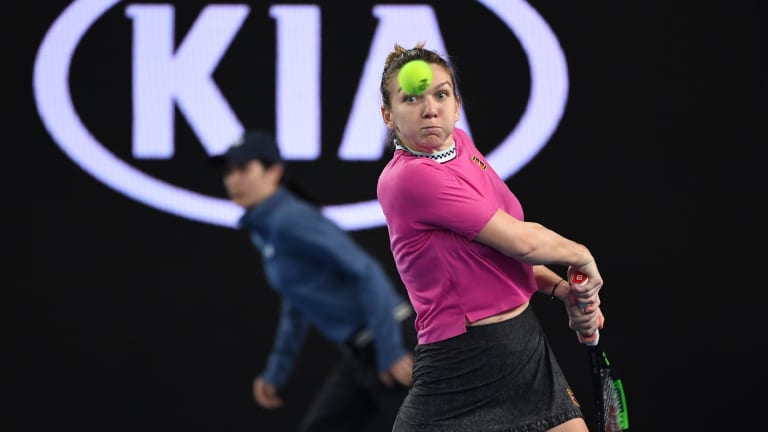Australian Open
Against Kanepi, It was Groundhog Day for Simona Halep, but not déjà vu
By Jan 15, 2019Australian Open
Jannik Sinner does it his way: He chose tennis over skiing and selected his new coaching team
By Jan 31, 2024Australian Open
The State of the ATP: What we learned from the 2024 Australian Open
By Jan 30, 2024Australian Open
'Grandissimo': Italian Premier Giorgia Meloni welcomes home Australian Open champion Jannik Sinner
By Jan 30, 2024Australian Open
The State of the WTA: What we learned from the 2024 Australian Open
By Jan 30, 2024Australian Open
The doubles mastery, and radical fun, of Hsieh Su-Wei
By Jan 29, 2024Australian Open
Pope Francis congratulates Italy after tennis player Jannik Sinner wins the Australian Open
By Jan 29, 2024Australian Open
'I like to dance in the pressure storm,' Jannik Sinner says ... and he did just that in his Australian Open triumph
By Jan 28, 2024Australian Open
First of many? Jannik Sinner's five-set comeback sinks Daniil Medvedev in Australian Open final
By Jan 28, 2024Australian Open
Soccer-mad Italy is now obsessed with tennis player Jannik Sinner after his Australian Open title
By Jan 28, 2024Australian Open
Against Kanepi, It was Groundhog Day for Simona Halep, but not déjà vu
The world No. 1 avenged a first-round loss to the hard-hitting Estonian at the 2018 US Open with a 6-7 (2), 6-4, 6-2 victory in the first round of the very next major.
Published Jan 15, 2019
Advertising

Against Kanepi, It was Groundhog Day for Simona Halep, but not déjà vu
© AFP/Getty Images
Advertising

Against Kanepi, It was Groundhog Day for Simona Halep, but not déjà vu
© AFP/Getty Images
Advertising

Against Kanepi, It was Groundhog Day for Simona Halep, but not déjà vu
© AFP/Getty Images
Advertising

Against Kanepi, It was Groundhog Day for Simona Halep, but not déjà vu